Understanding Home Audio Systems
Enhancing your audio experience at home transforms mundane activities into immersive experiences, whether you’re watching movies, listening to music, or gaming. A robust home audio installation near me can make a significant impact on sound quality, positioning, and the overall entertainment environment. In this article, we’ll delve into the various components, benefits, and considerations involved in establishing a personalized home audio system.
Types of Home Audio Systems
Home audio systems can vary significantly, tailored to individual preferences and space requirements. Below are some of the most popular types:
- Stereo Systems: Ideal for music enthusiasts, stereo systems consist of two channels, providing a rich soundscape.
- Surround Sound Systems: These systems include multiple speakers strategically placed to create an immersive audio experience. Common configurations are 5.1 or 7.1 systems, where “5” and “7” refer to the number of speakers, and “1” typically refers to a subwoofer.
- Multi-Room Systems: Designed to play audio across various rooms in the house, these systems allow for flexible listening experiences, whether through wired connections or wireless technologies.
- Home Theater Systems: These comprehensive setups often combine video components with high-quality audio for a cinematic experience, typically involving projectors, receivers, and surround sound speakers.
Components of a Home Audio System
Understanding the key components of a home audio system is essential for setting up an effective setup. Here are the primary elements:
- Speakers: The heart of any audio system, speakers can range from compact bookshelf models to larger floor-standing units. Each varies in sound quality and volume output.
- Amplifiers: These devices boost audio signals, improving sound clarity and volume. An amplifier is crucial for high-quality sound, especially in larger systems.
- Receivers: A receiver acts as the hub, processing audio and video signals from various sources. It connects to speakers and outputs the final sound.
- Digital Media Players: Devices like streaming boxes, CD players, or turntables provide input to the audio system, allowing for a wider range of audio sources.
- Cables and Wiring: Quality cables ensure that audio signals maintain integrity during transmission. Proper wiring setup minimizes interference and maximizes audio quality.
Benefits of Professional Installation
While DIY installations can be appealing, opting for a professional can pay off significantly. Here are the key benefits:
- Expertise: Professionals bring knowledge of acoustics, ensuring optimal speaker placement that enhances sound quality.
- Time Efficiency: Installation can be time-consuming, particularly with wiring and configuring settings. Professionals can complete this efficiently, getting your system up and running faster.
- Customized Solutions: Installers assess your space and recommend tailored solutions that best fit your needs and lifestyle.
- Warranty and Support: Professional installations often come with warranties, providing peace of mind and continued support should issues arise.
Finding Home Audio Installation Near Me
Discovering the right professionals for home audio installation nearby is crucial in achieving your audio goals. Here’s how to find reputable services effectively:
Researching Local Installers
The first step in finding local installers is to start with online research. Look for reviews, ratings, and testimonials to gauge their reputation. Here are some effective research strategies:
- Search Engines: Use search engines like Google to find installers in your area. Search using keywords such as “home audio installation near me” to get localized results.
- Review Platforms: Websites like Angi and Yelp offer user-generated feedback on local services, giving insights into customer experiences.
- Social Media and Forums: Platforms such as Facebook or Reddit can provide community-driven recommendations. Search neighborhood groups or audio enthusiast forums for suggestions.
Comparing Quotes and Services
Once you have a list of potential installers, it’s vital to compare their services and quotes. Here’s how to go about it:
- Request Estimates: Contact a minimum of three to four installers to get detailed estimates for your specific requirements.
- Evaluate Services Offered: Ensure you’re comparing similar services. Some installers might offer additional features like custom installations or enhanced support, while others may focus on basic setups.
- Transparency: Look for installers who provide clear breakdowns of labor and material costs. Avoid those who present vague quotes as this can lead to unexpected expenses later.
Reading Customer Reviews
Customer reviews are invaluable for assessing the quality of installers. Consider the following points when reviewing feedback:
- Star Ratings: Check overall star ratings on platforms like Google and Yelp to get a quick sense of satisfaction.
- Detailed Reviews: Read through recent reviews to understand common praises and complaints. This can give you insight into customer service quality and reliability.
- Response to Feedback: Pay attention to how businesses respond to both positive and negative feedback, indicating their commitment to customer satisfaction.
Cost of Home Audio Installation
Understanding the cost structure of home audio installations can help you budget effectively and ensure you’re receiving fair pricing. Here’s what to expect:
Average Installation Costs
The average cost of installing a home audio system can differ based on the complexity of the setup:
- Basic Installations: Basic systems with few components and minimal configuration can start as low as $239.
- Mid-Range Systems: More involved setups typically range from $731 to $1,240, ensuring better sound quality with more components.
- Complex Installations: For high-end systems, costs can soar to $3,000 or more, especially for multi-room setups or intricate wiring solutions.
Factors Affecting Installation Price
Several factors can influence the total cost of a home audio installation:
- System Size and Complexity: Larger systems with more speakers and advanced components require more time and expertise to install.
- Room Configuration: Unique room designs can require additional customization, affecting installation costs.
- Existing Equipment: Using existing hardware can lower costs if compatible, while procuring new, high-quality components can increase the budget.
- Installer’s Expertise: Highly skilled professionals may charge more, but the investment often leads to superior results.
Cost-Saving Tips for Your Installation
There are ways to manage costs without compromising on quality. Here are some tips:
- DIY Components: Consider purchasing audio components and then hiring professionals solely for the installation.
- Packages or Bundles: Look for promotional packages offered by installers that include equipment and installation at discounted rates.
- Optimize for Simplicity: Choose a straightforward audio setup that meets your needs without overspending on unnecessary features.
Best Practices for Home Audio Setup
After selecting the components and professionals for your installation, it’s essential to implement best practices for optimizing your audio experience:
Room Acoustics and Speaker Placement
Room acoustics play a vital role in sound quality. Here are some considerations for speaker placement:
- Distance from Walls: Speakers should ideally be placed away from walls to avoid reflections that can muddle sound.
- Height and Angle: Mounting speakers at ear level enhances clarity. Angling them towards the primary listening area can improve sound staging.
- Experimentation: Don’t hesitate to try different placements before finalizing the setup to find the best sound quality.
Wiring and Connectivity Solutions
Proper wiring is crucial for achieving optimal audio performance. Consider these factors:
- Quality of Cables: Invest in quality cables to ensure stable connections that prevent audio dropouts and maintain fidelity.
- Wireless Options: Explore modern wireless solutions that eliminate clutter and simplify the setup process.
- Future-Proofing: When planning wiring, consider future expansion or upgrades to accommodate new technology or audio components.
Optimizing Your System for Sound Quality
To get the most out of your home audio system, take the time to optimize sound quality:
- Acoustic Treatments: Explore using acoustic panels, bass traps, or rugs to minimize echoes and improve sound clarity.
- Equalization: Use an equalizer to fine-tune sound frequencies based on your audio preferences and room characteristics.
- Regular Calibration: Regularly check and calibrate your system settings, especially after changes to the environment or system components.
Post-Installation Support and Maintenance
Maintaining your home audio system ensures long-lasting performance. This section explores key maintenance considerations:
Routine Checks and Troubleshooting
Frequent checks are essential to optimize performance:
- Inspect Connections: Regularly inspect all connections for wear or damage, reinforcing secure wiring.
- Clean Components: Dust and debris can affect performance, so gently clean speakers and electronic devices regularly.
- Troubleshoot Issues: Familiarize yourself with common audio issues and solutions, helping you address problems quickly.
Upgrading Components Over Time
Audio technology continually evolves, making it beneficial to plan for component upgrades:
- Monitor Trends: Stay informed about new technologies or advancements in audio, which may improve your listening experience.
- Incremental Upgrades: Consider replacing individual components step-by-step rather than an entire system, optimizing budget and performance.
- Compatibility Checks: Always ensure new purchases are compatible with your existing system to avoid unexpected expenses.
Ensuring Long-Term Performance
Regular upkeep will extend the life of your audio system:
- Sustained Environment: Avoid placing speakers near extreme heat or moisture to preserve their lifespan.
- Warranty Utilization: Keep track of warranties for components, ensuring you can take advantage of manufacturer support when needed.
- Professional Tune-Ups: Consider periodic assessments by professionals for thorough checks and optimizations.
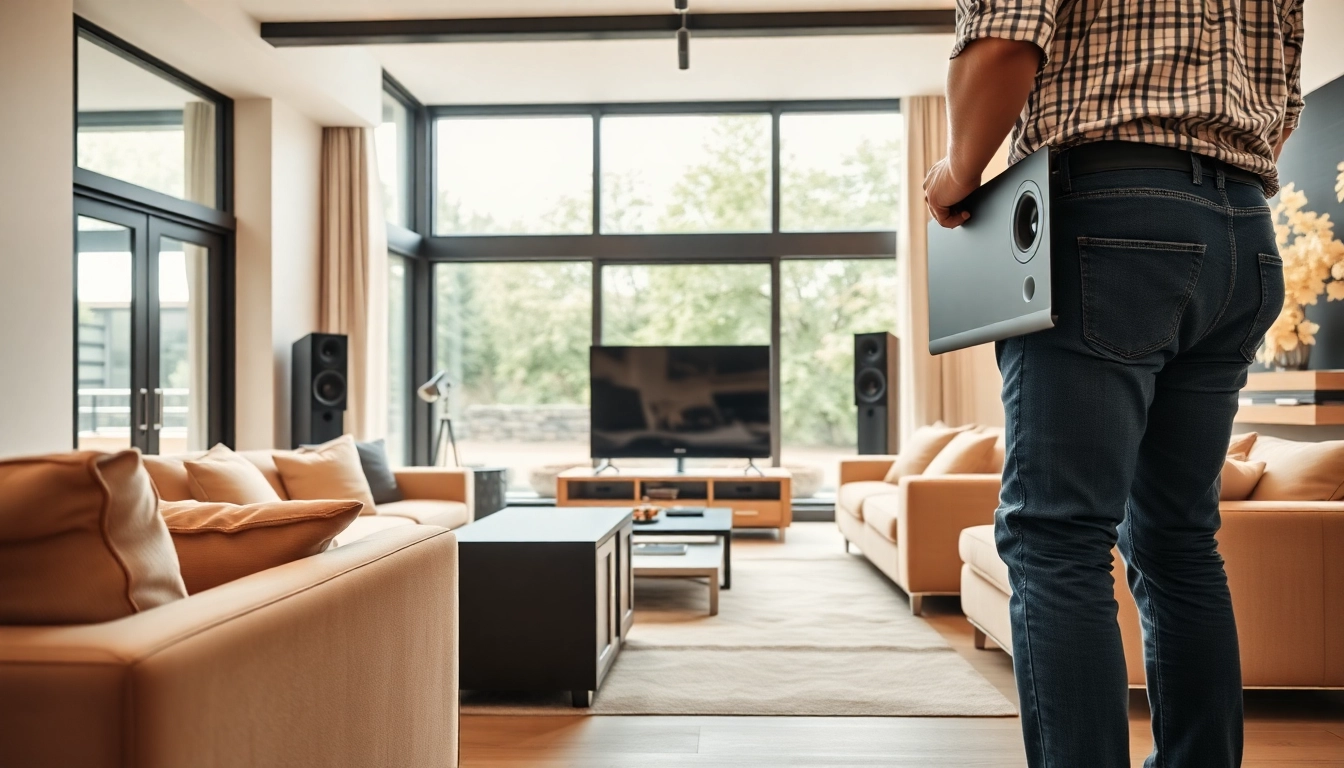
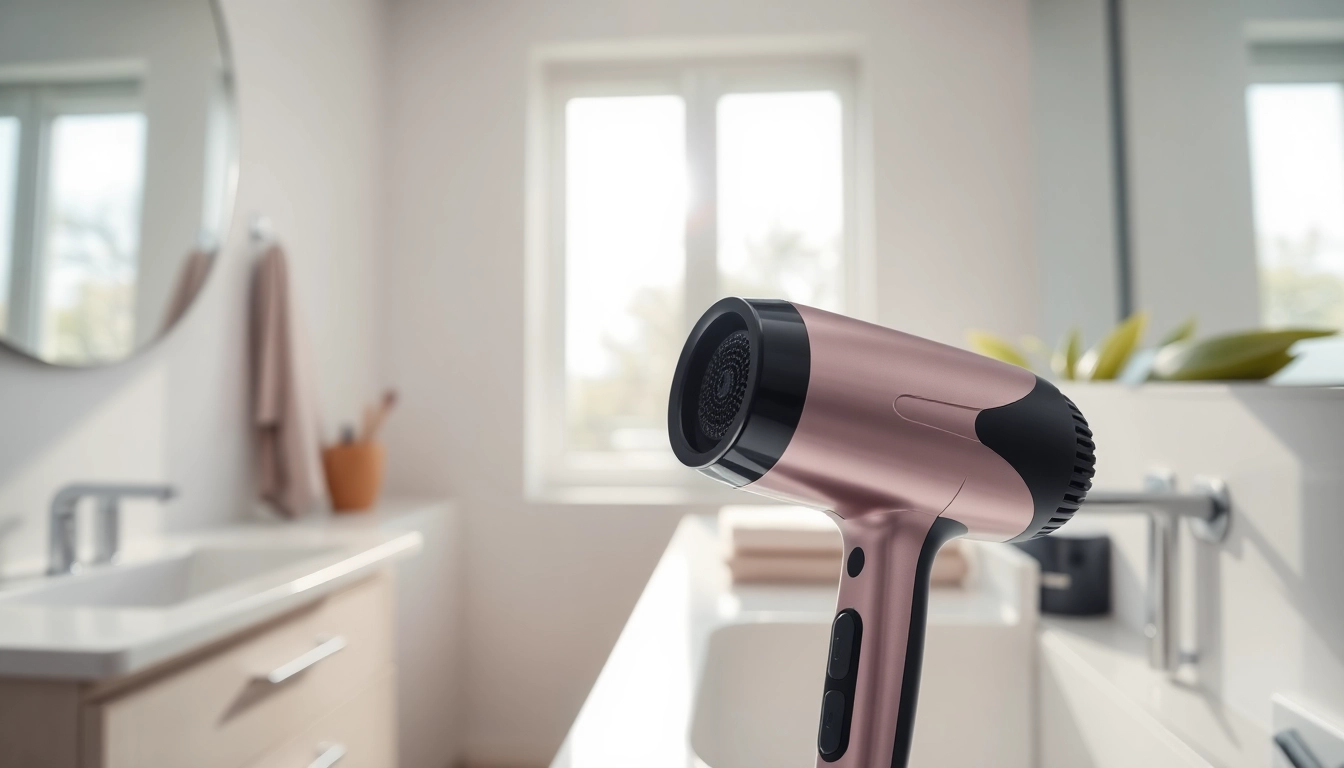
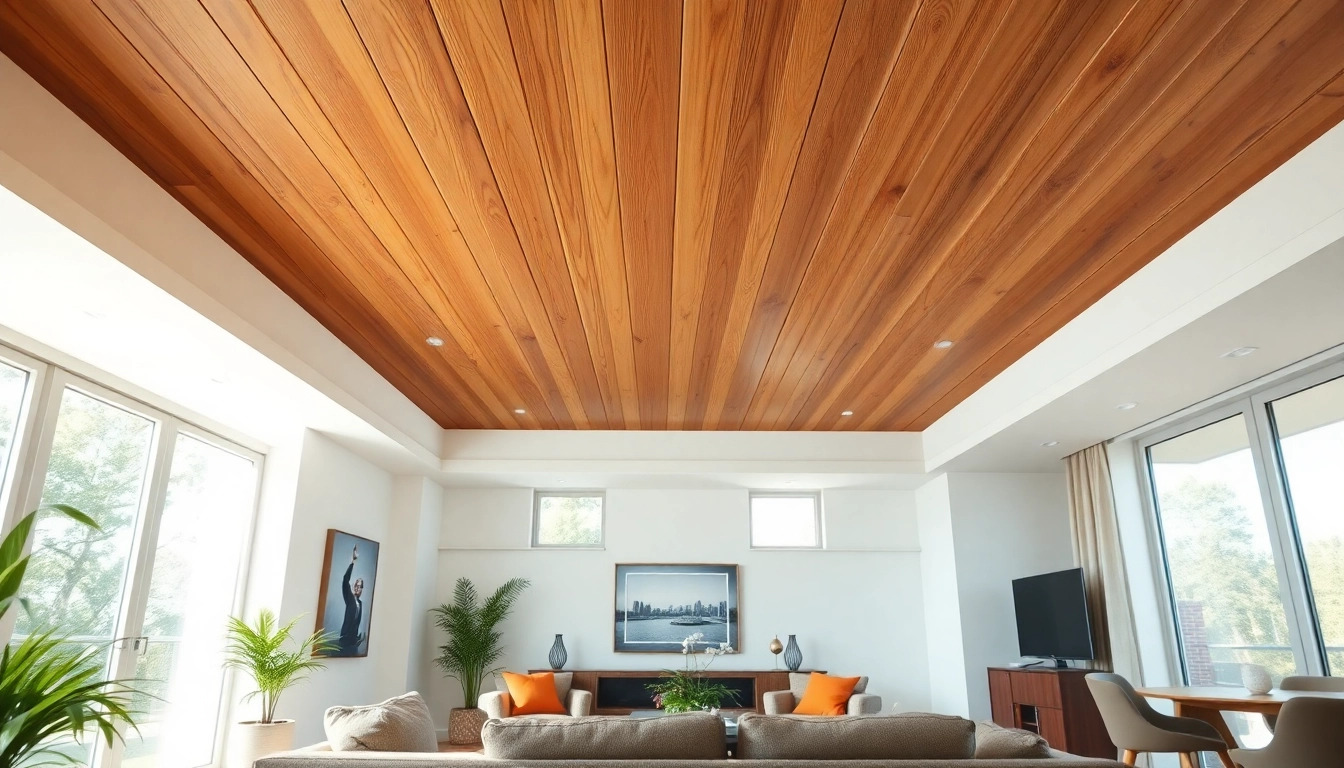

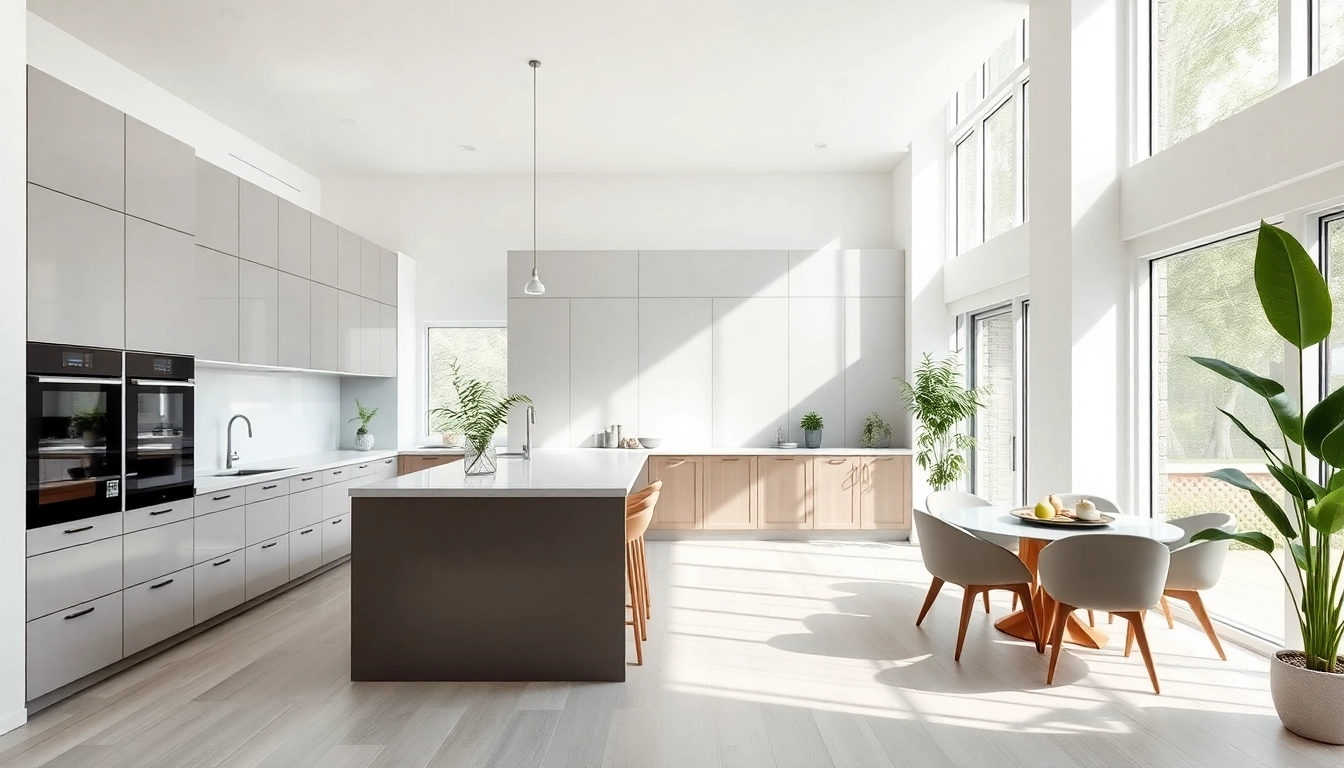

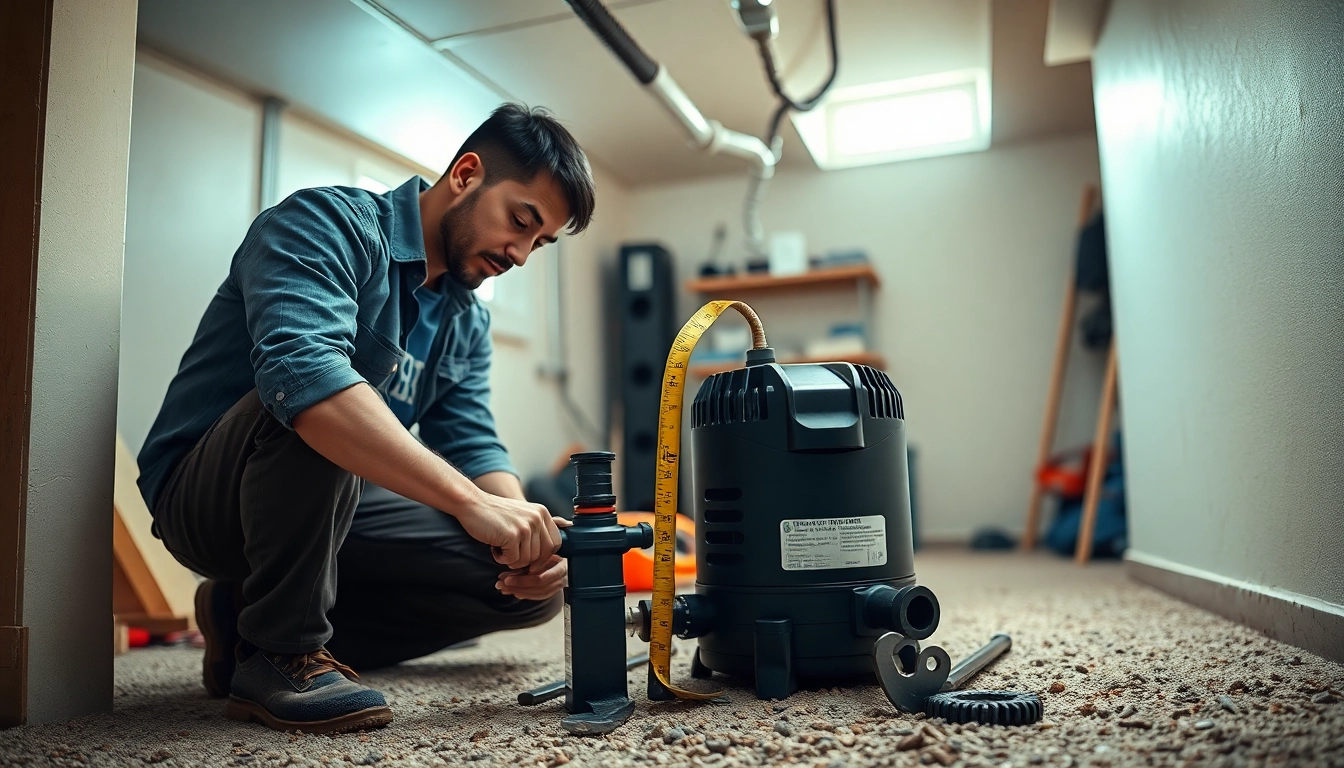

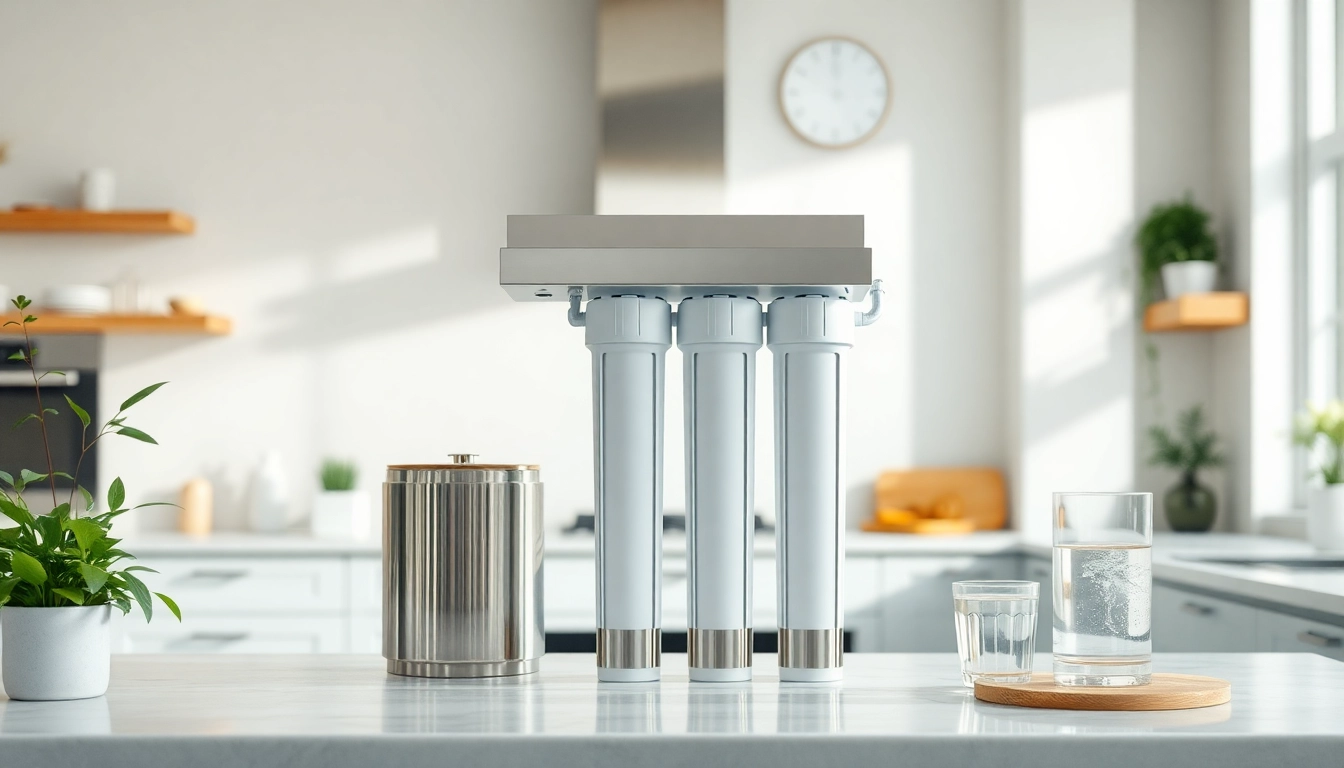
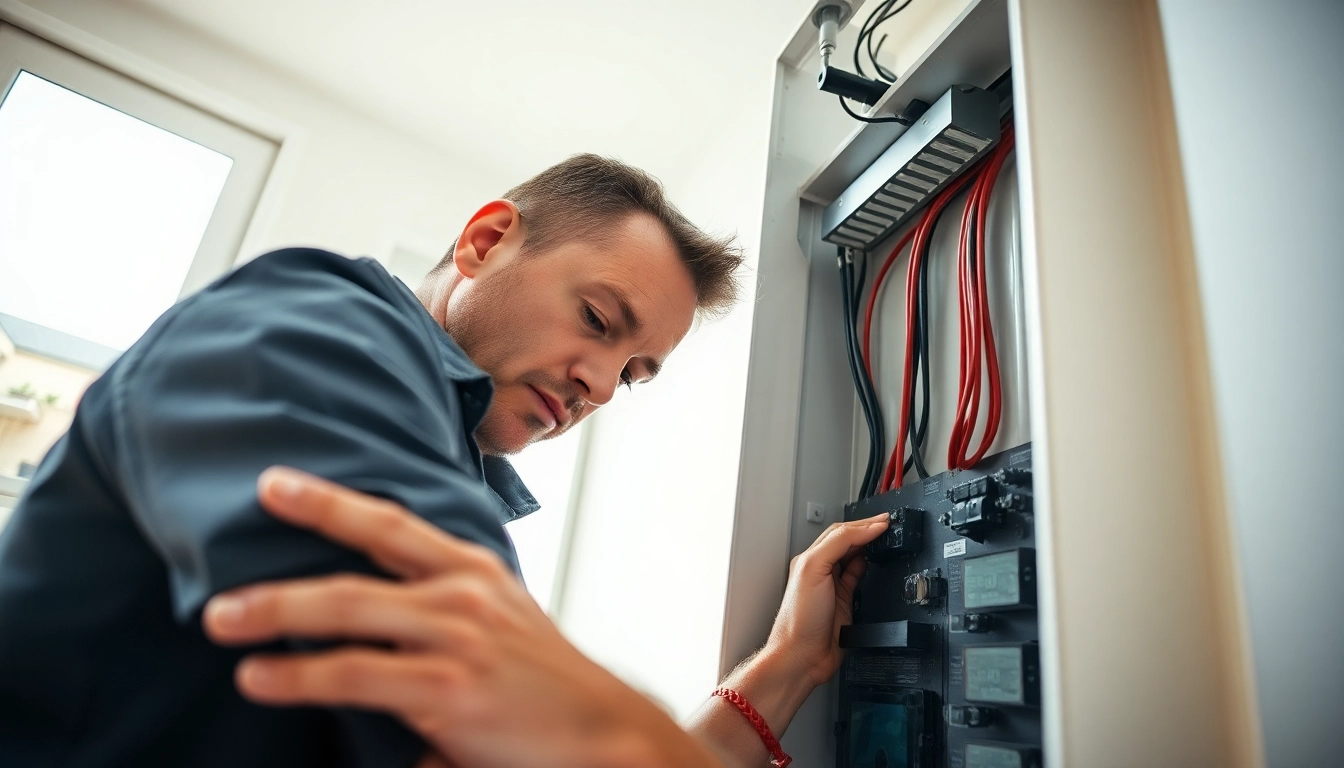





Leave a Reply